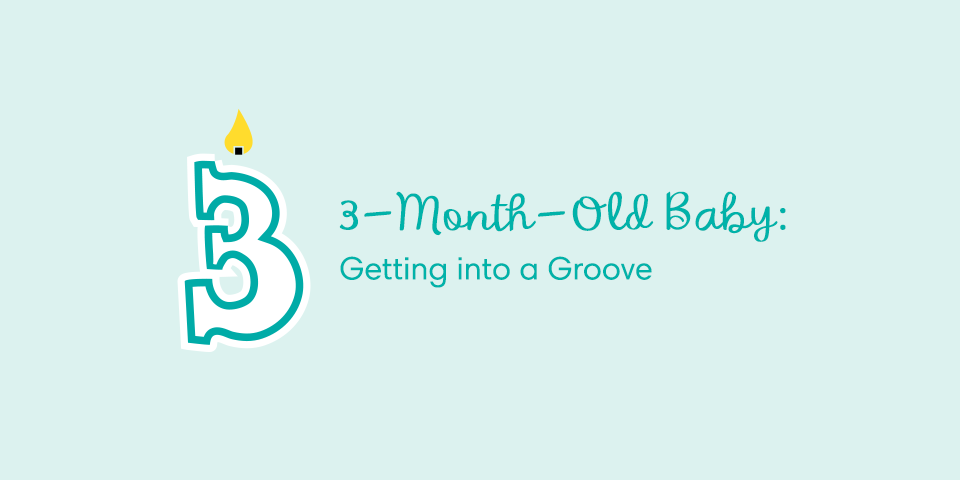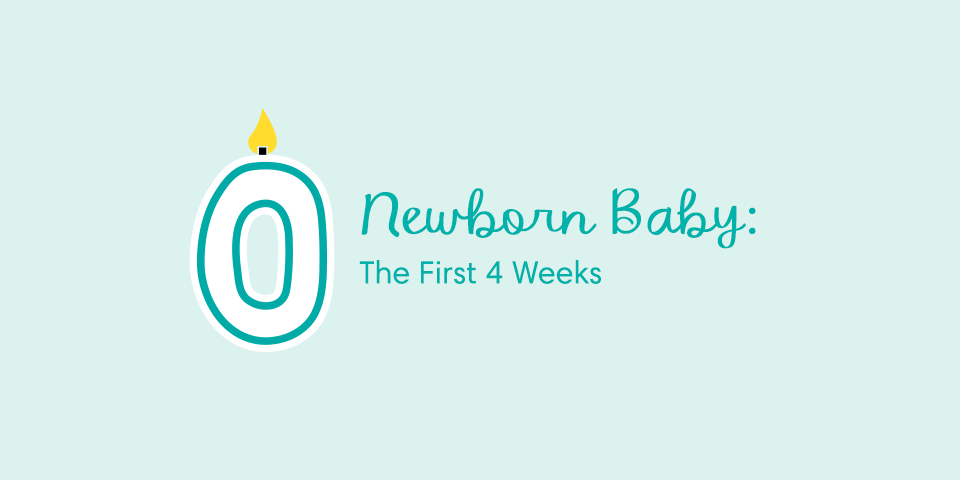
Tummy Time Guide: When to Start, Benefits, & Tips for Your Baby


Tummy time is a crucial activity for your baby’s development, helping to build neck, shoulder, and arm strength while preventing flat spots on the head. Healthcare providers recommend starting tummy time as early as the first week after birth, gradually increasing duration as your baby grows. Most experts recommend aiming for a few minutes, 2–3 times per day initially, and gradually working up to approximately 60 minutes total per day by 3 months of age. Key benefits of tummy time include:
Strengthens core muscles needed for rolling, crawling, and sitting
Promotes healthy motor skill development
Helps prevent positional plagiocephaly (flat head syndrome)
Encourages sensory exploration and bonding.
Parents often wonder when to start, how long sessions should be, and how to make tummy time enjoyable. In this article, we’ll break down everything you need to know—from safety tips to fun positioning ideas—to make tummy time a positive experience for both you and your baby.
What Is Tummy Time?
So, what’s the definition of “tummy time?” It’s the practice of placing your little one on their belly while they’re awake and you’re supervising. While it might sound simple, tummy time plays an important role in early development.
The tummy time meaning goes beyond just a position—it’s a chance for your baby to work on lifting their head, strengthening their neck, shoulders, and arms, and building the skills that lead to rolling, crawling, and more.
Always remember to keep an eye on your little one during tummy time. It’s meant to be a supervised, playful activity that supports your baby’s growth from day one.
What Are the Benefits of Tummy Time?
You might be wondering why babies need tummy time in the first place. While it may seem like a simple part of your daily routine, the benefits of tummy time are wide-reaching, and it plays a key role in your baby’s early development.
When to Start Tummy Time?
Wondering when to start tummy time? You can start tummy time sessions while you and your newborn are still in the hospital, or as soon as your little one is home from the hospital.
It’s a good idea to start early so your baby can get used to the activity. Keep in mind that you don’t have to worry about the umbilical cord stump when you start doing tummy time—the stump will be just fine.
To get started in this early stage, place your baby on your chest or stomach while you are in a reclined position in a chair, on a bed, or on the floor. Take this time to engage with your baby, make lots of eye contact, talk animatedly, and make exaggerated facial expressions. This is a great way to bond with your new baby!
How Much Tummy Time Is Recommended by Age and How Often
If your baby’s healthcare provider gives you the OK, you can begin tummy time from day one—even if it's just for a few minutes. Starting small and gradually increasing the duration helps your baby build strength and comfort over time.
So, how often is tummy time for a newborn? Begin with 3 to 5 minutes, two to three times a day. This encourages early head control and helps activate neck and shoulder muscles. By the time your baby reaches 2 months, aim for 15 to 30 minutes a day.
So, how much tummy time is recommended at 4 to 7 months of age? As your baby gets older, you can continue tummy time, increasing the frequency or duration of the supervised sessions. Around 4 to 7 months, it’s common for babies to start rolling over from their tummy to their back. It’s still important to give them plenty of tummy time during this period as it continues to strengthen their arm, chest, and back muscles, preparing them for new skills and developments.
Here’s a simple tummy time chart by age to guide you:
Every baby is different, so treat these ranges as flexible starting points. Always supervise tummy time and talk to your baby’s healthcare provider if you have any questions about their progress.
When to Stop Tummy Time?
You might wonder when to stop tummy time entirely. Structured tummy time sessions are usually no longer necessary once your baby can roll over both ways and sit up independently. For many babies, this happens sometime between 4 and 7 months of age.
That said, during this same age range, tummy time still offers benefits, especially as babies are strengthening their arms, back, and core. Even if they’re rolling or pushing up, you can continue offering supervised tummy time as part of floor play until your baby naturally spends time on their tummy without your help.
How to Do Tummy Time
Looking for a simple tummy time guide? The steps may vary slightly depending on your little one’s age, but the idea is the same: place your baby on their tummy while they’re awake and supervised. Below are age-appropriate suggestions and helpful tummy time tips to get started.
Tummy Time for Newborns
Not sure how to do tummy time with a newborn? It’s easier than you might think. From birth to 3 months old, your baby is still learning to control their head and neck, so start gently:
Although your little one may have more control over their head and stronger neck muscles by the end of the first month, you still need to support their head when you hold them. They won’t be able to hold their head up on their own until they’re about 4 months old.
You might also be curious about what counts as tummy time during these early weeks. Even brief chest-to-chest moments while your baby is on their tummy can help build strength.
Tummy Time for Older Babies
Here's how to give your older baby tummy time when they’re about 4 to 7 months old:
At this stage, babies often push up on their arms, arch their back, or lift their chest—signs they’re gaining strength to sit, roll, or crawl. Some babies around 5 months may even rock, kick, or make swimming motions during tummy time.
If you're curious about whether you can do tummy time on the bed, the answer is yes. For newborns, a soft, stable surface, like your chest or bed, can be a comforting place to start. As your baby grows stronger, a firmer surface like the floor is more supportive for movement and muscle development.
Tummy Time Positions
There’s no single proper tummy time position—what matters most is that your little one is awake, supervised, and safe. You can use a mix of options depending on your baby’s age and comfort level. Here are a few gentle and effective tummy time positions for infants to try:
On your chest (a great tummy time position for newborns):
Lie back in a reclined position and place your baby belly-down on your chest, heart to heart. This soothing position for tummy time helps your baby practice lifting their head while staying close to you.
On your lap:
This is another great position for newborns.
Place your baby on their tummy lengthwise across your lap, and support their head with your leg.
You can talk or sing a lullaby to your baby in this position or gently rub their back.
The “football hold”:
Place your baby on their tummy, but instead of lying flat, you hold them with their body supported along your forearm.
One arm is under their chest, while the other hand can support their head and neck.
Floor tummy time:
Once your baby is used to the previous tummy time positions, you can try placing them on the floor.
Lay your baby on their stomach on a flat, safe surface (like a play mat).
Encourage them with toys or by getting down at their level to help them lift their head and neck.
Tummy time on a pillow:
Support your baby’s upper chest and arms with a small pillow or rolled towel. This position for tummy time can make things a little easier as they build strength and coordination.
Side lying tummy time:
Lay your baby on their side on a soft surface, such as a play mat or blanket.
Use your hand or a rolled towel to gently support your baby’s back or tummy, helping them maintain balance while lying on their side.
You can place a toy in front of them or engage with them at their level to encourage them to turn their head and reach.
Superman/swimming pose:
Lay your baby flat on their tummy and guide their arms forward as if they’re flying. You might see them naturally lifting both their arms and legs like their swimming once they’ve built enough strength.
These positions help promote motor skills, head control, and muscle strength. Always supervise tummy time and ensure your baby is comfortable.
How to Make Tummy Time Enjoyable
Tummy time can be a playful, bonding moment between you and your little one—even if they’re not a fan at first. Here are a few simple ways to make it more enjoyable:
Over time, most babies begin to enjoy tummy time. If it continues to be a struggle, consult your baby’s healthcare provider for guidance.
FAQS AT A GLANCE
You can start tummy time as soon as your little one is born. Begin with short sessions, about 3 to 5 minutes, 2 to 3 times a day, while your baby is awake and supervised. Starting early helps build strength in the neck, shoulders, and arms.
The Bottom Line
Tummy time isn’t just good for your baby—it can also be a sweet bonding moment for you both. These small sessions help your baby develop the strength and muscle control needed for major milestones like sitting, crawling, and eventually walking. A little each day goes a long way in supporting healthy development.
Speaking of rewards, don’t forget to check out the Pampers Rewards App. It turns your Pampers purchases into digital offers—a simple way to save as your baby grows.
- American Academy of Pediatrics. Caring for Your Baby and Young Child: Birth to Age 5, 7th ed. (New York: Bantam Books, 2019).
- Healthy Children. Back to Sleep, Tummy to Play
- Healthy Children. Movement Milestones: Babies 4 to 7 Months
- Healthy Children. 3 Tummy Time Activities to Try With Your Baby
- Kids Health. Torticollis in Infants
- Kids Health. Tummy Time
- Kids Health. Your Child’s Development: 4 Months
- Mayo Clinic. Infant Development: birth to 3 months
- Zero to Three. Top 5: What You Need to Know About Tummy Time
Read more about Baby
Related Articles
Join a World of Support
through Pregnancy and Parenthood.
TRACK WITH TOOLS
LEARN WITH EXPERTS
GET REWARDED














